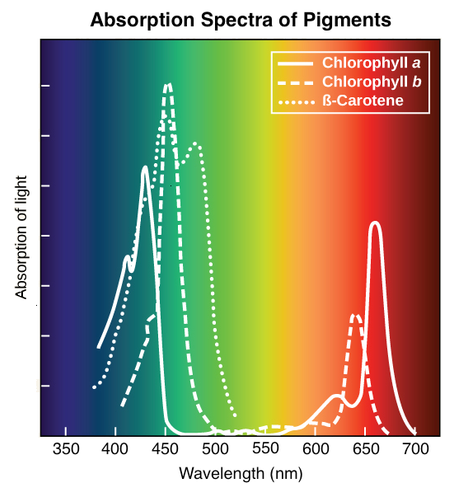Surface Reflectance: The starting point
Surface Reflectance, also known as Surface Spectral Reflectance, it is the fraction of incoming solar radiation that is reflected from Earth’s surface at ground level. It is measured as the ratio of the reflected radiation over the incoming solar radiation at particular spectral bands (i.e. ranges of wavelengths). Surface reflectance is estimated by correcting satellite images for artefacts that can alter the values measured by the satellite sensors, such as atmospheric effects (e.g. scattering or absorption), illumination, and viewing geometry.
Surface reflectance is the most basic RS surface parameter measured in the solar reflective wavelengths (i.e. visible and infrared). Multiple other surface geophysical parameters are derived from it. This include essential parameters, such as Vegetation Indices, Fraction of Photosynthetically Absorbed Radiation, Leaf Area Index, Land Cover, Burned area, and many others.
Moreover, reducing/eliminating the images artefacts increases comparability between images taken at different locations and/or times. This allows using surface reflectance images and their derived products to monitor spatial and/or temporal changes on the Earth’s surface.
Spectral Reflectance and Absortion by Green Plants
Photosynthetic pigments in live green plants absorb radiation in the photosynthetically active radiation (PAR) region of the incoming solar electromagnetic radiation spectrum, which they use as a source of energy in the process of photosynthesis. The PAR spectral region corresponds more or less with the range of light visible to the human eye (380nm-740nm). Different photosynthetic pigments have different absorption profiles (Figure 1). In chlorophylls, a set of five different pigments that includes the two main photosynthetic pigments (chlorophyll a and chlorophyll b), light absorption peaks at blue and red wavelengths while they reflect (i.e. re-emit) green light. Carotenoids, another group of pigments found mainly in fruits (e.g. tomatoes, oranges, corn), light absorption peaks at violet and blue-green light, reflecting larger visible (i.e. brightly coloured) wavelengths. This is why we perceive leaves as green and fruits as brightly coloured (e.g. red, orange, yellow).
Figure 1. Profiles of light absorption for different photosynthetic pigments. Image from “Light and photosynthetic pigments” (www.khanacademy.org) (CC BY 3.0).
Radiation in the near-infrared (NIR) spectrum (740nm-~1,150nm) carries approximately half of the total incoming solar energy. Consequently, NIR radiation is not only too large to be used in photosynthesis, but could also damage the photosynthetic machinery and plant tissues. Leaf cells have evolved to also reflect incoming solar radiation in the near-infrared (NIR) region of the spectrum.
Hence, live green plants appear relatively dark in red light and relatively length in the NIR. The greater the leaf area of a plant, the more pronounced are these effects. Clouds and snow, on the other hand, tend to be rather bright in red light (and other PAR regions) and quite dark in the NIR.
Remote Sensing of Earth's Surface Spectral Reflectance
Remote sensing measurements of Earth’s surface spectral reflectance are typically, but not necessarily, taken from a space platform. From 1960, the TIRO family of satellite platforms mounted radiometers and television cameras. Starting in 1964, the National Oceanic and Atmospheric Administration (NOAA) satellites mounted the Advanced Very High Resolution Radiometer (AVHRR) sensors. These instruments measured Earth’s surface reflectance in red, NIR, and thermal IR bands. From 1972, the National Aeronautics and Space Administration (NASA) Landsat series of satellites mounted the MultiSpectral Scanner (MSS), which also included the measurement of surface reflectance in red and NIR bands. Although these sensors had low spectral resolutions, measurements in the red and NIR bands allowed distinguishing vegetation and clouds.
From the mid-1990s, ‘modern sensors’ with multispectral and multiangular capabilities have been mounted on satellites. With these sensors, perturbing factors affecting the estimation of surface spectral reflectance can be taken into account. Together with a new generation of algorithms these sensors allow the direct estimation of the Fraction of Absorbed Photosynthetically Activation Radiation (FAPAR).
